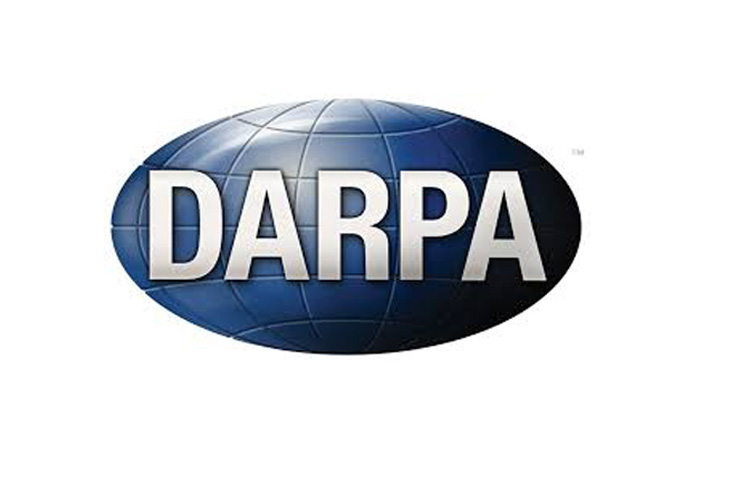The Defense Advanced Research Projects Agency (DARPA) Creates Competition to Create a Personal Drone Carrier

When Marty FcFly, played by Michael J. Fox, traveled into a futuristic 2015 in Back to the Future 2, he came upon a world filled with delightful technological advancements. Though Robert Zemeckis made the film in 1989, his predictions of a future reliant on highly autonomous devices were not far off. Engineers were inspired to bring his visions to life, but doing so is often far out of budget for many of the world’s brilliant minds. The Defense Advanced Research Projects Agency (DARPA) is responsible for developing technologies used by the United States Military. While the agency has an average annual budget of around $3.4 billion, they decided to create a contest encouraging brilliant minds from around the world to develop an autonomous vehicle. The winner of the DARPA Grand Challenge would receive $2 million, a fraction of the agency’s budget.
In 2004 the first DARPA Grand Challenge was held between 15 competitors in the Mojave Desert. Now you can see self driving cars daily out on the road. The success of the DARPA Grand Challenge has inspired other competitions such as Go Fly sponsored by the Boeing Company. Founded in 1916 by William Boeing in Seattle, WA, the Boeing Company is the largest aerospace company in the world. They have offices throughout the United States and abroad and have both commercial and government contracts. The company brings in an estimated $93billion each year. The goal of the Go Fly competition is to create a working personal flying drone with 10 prizes of $20,000 each, 5 prizes of $50,000, a $100,000 Pratt & Whitney Disruptor Award, and a grand prize of $1,000,000.
The competition began with 855 teams, more than 3,500 individuals, from 103 countries around the world, vying to build the first working personal drone carrier. Winners for Phase I and Phase II have already been announced, with the Final Fly Off, the $1,000,000 prize still open. As explained on the Go Fly website, “The personal flying device must be safe, quiet, ultra-compact, and near-VTOL—capable of carrying a single person for a distance of 20 miles without refueling or recharging. The invention should be user-friendly and, of course, provide the thrill of flight. Outside of these requirements, the function and design are up to innovator teams.” Once teams made it to Phase II and beyond they were given access to workspace, materials, and mentorship from the experts at Boeing.
While the basic theories behind flight have not changed much over the decades, the advancement of how to implement these theories has grown tremendously. Boeing has access to some of the brightest minds and most advanced materials in aerospace theories. But, by thinking outside of the box and holding this competition they are finding ways to bring in even more brilliance to their company. Even though competitors will be working with the Boeing company, they still have ownership over all proprietary developments they make. They do have to agree to allow Boeing to share some basic information for media purposes, but Boeing will not claim ownership over any new discoveries made throughout the Go Fly competition.
Out of the hundreds of teams that entered into the competition, only 16 made it to the Phase II round. During this round, the teams were tasked with building and testing prototypes of their drones. On February 26, 2019, the 5 Phase II winners were announced. The drones all have an array of rotors and can liftoff from a near vertical position, but beyond that, it’s thrilling to see how they differ in body and shape. One looks like a flying motorcycle, while another is a platform that you stand upright on, yet a third looks like a miniature airplane.
On May 3, 2020, Team teTra from Tokyo, Japan won the $100,000 Pratt & Whitney Disruptor Award, bringing them one step closer to the grand prize. Led by Tasuku Nakai, a doctoral student from the University of Tokyo, team teTra spent more than 2 years developing their drone. The Drone has a recumbent like seat and a hard frame that keeps the rider secure and safe. On the bottom are 2 large horizontal rotors, with 2 more at the back of the drone a diagonal tilt. Though it is not yet market ready, all the drones built during the Go Fly competition can likely be seen in the air soon, just like how the DARPA challenge pushed autonomous cars to reality. As Nakai said, “Personal flying is the future of transportation and I know there will be a day when every person will be able to take off and land anywhere.”
|